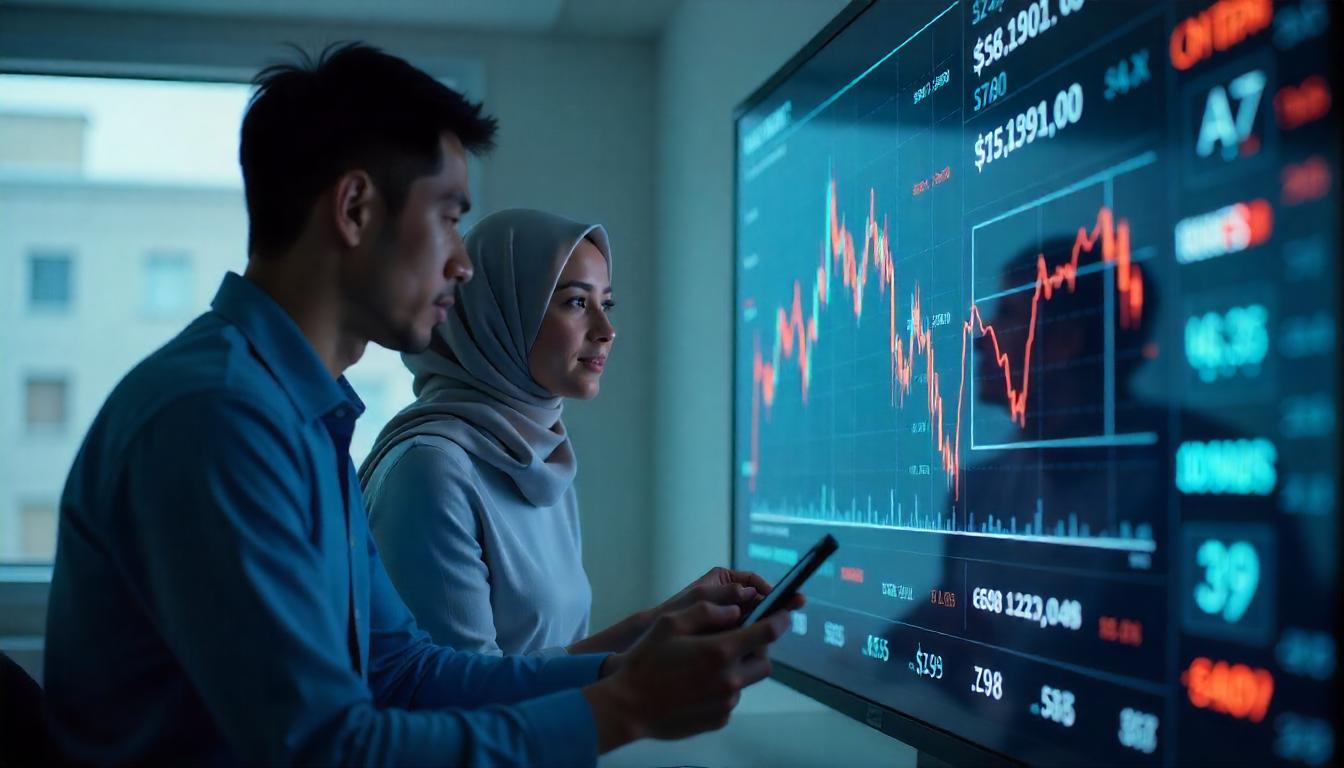Backtesting is the cornerstone of any successful trading strategy—but not all backtesting methods are created equal. Each technique has its own strengths and weaknesses, and picking the right method from the start is crucial for aligning with your trading goals, experience level, and the complexity of your strategy.
In this article, we’ll walk through the top backtesting techniques—from simple methods like manual backtesting to more advanced strategies using AI and automation. You’ll learn why each method matters, when to use them, and how choosing the right one can be the difference between consistent wins and frustrating losses.
If you’ve ever found yourself tweaking your strategy endlessly, or wondering why a backtested strategy worked in theory but failed in live trading, this article is your roadmap to better results.
1. Manual Backtesting
Best for beginners and traders who want to deeply understand price action.
Manual backtesting is the simplest form of testing a strategy. This method involves going through historical price charts, manually executing buy and sell signals, and recording the results. While time-consuming, it offers deep insights into how your strategy performs in different market conditions.
- Pros: Full control over trade entries, better learning experience, tailored analysis.
- Cons: Time-intensive, prone to human error, doesn’t account for real-time market dynamics.
When to use it: Manual backtesting is great for beginners or traders testing a straightforward strategy on smaller datasets.
2. Automated Backtesting
Best for intermediate traders looking to speed up the process.
Automated backtesting takes manual testing to the next level by using software to simulate trades based on historical data. The process allows for much faster testing and can help you run a strategy through years of data in minutes.
- Pros: Saves time, tests more data, reduces human error.
- Cons: Can give misleading results if coded incorrectly, often requires programming knowledge or backtesting tools like TradingView, MetaTrader, or Coinquant.
When to use it: Ideal for traders with coding skills or access to backtesting tools, looking to scale strategy testing across larger datasets.
3. Walk-Forward Testing
Best for traders looking to optimize a strategy over time.
Walk-forward testing is a method that validates the robustness of a trading strategy by continuously optimizing it on a rolling basis. You test a strategy on a set period of historical data, then walk it forward to see how it performs on out-of-sample data.
- Pros: Prevents overfitting, simulates how the strategy evolves in real-time markets.
- Cons: Complex setup, requires good software and a lot of historical data.
When to use it: Suitable for traders with more experience or professional traders who want to test how their strategy adapts in dynamic market conditions.
4. Monte Carlo Simulation
Best for risk management and stress-testing strategies.
Monte Carlo simulation is an advanced technique that uses random sampling to simulate a variety of potential outcomes for a trading strategy. By introducing variability into key factors (such as market conditions or trade execution), Monte Carlo helps assess a strategy’s robustness under different scenarios.
- Pros: Excellent for risk analysis, helps understand the range of potential outcomes, avoids overfitting.
- Cons: Complex, requires strong statistical skills or advanced backtesting platforms like MATLAB or R.
When to use it: Recommended for traders managing large portfolios or those looking to stress-test their strategy against various market conditions and risk.
5. Out-of-Sample Testing (OOS)
Best for professional traders looking to validate strategy performance.
Out-of-sample testing is a technique used after optimizing a strategy on a set of historical data (in-sample data). Once optimized, the strategy is tested on data it hasn’t “seen” before—the out-of-sample data. This technique is one of the most important ways to ensure that your strategy performs well in live trading.
- Pros: Reduces curve-fitting, excellent for validation, provides real-world applicability.
- Cons: Requires a lot of data, tricky for beginners, and might require advanced software to set up.
When to use it: Ideal for traders at a professional level who need to be confident that their strategy is robust enough for live markets.
Choosing the Right Method: Why It Matters
The backtesting method you choose depends on your trading goals, experience level, and the type of strategy you’re testing.
A beginner might start with manual or automated backtesting to understand the basics, while a professional trader might use Monte Carlo simulations or walk-forward analysis to optimize performance under various conditions.
- Manual backtesting gives you hands-on experience.
- Automated backtesting scales up your analysis.
- Walk-forward testing ensures your strategy adapts over time.
- Monte Carlo simulation prepares you for the unexpected.
- Out-of-sample testing validates your strategy’s true potential.



